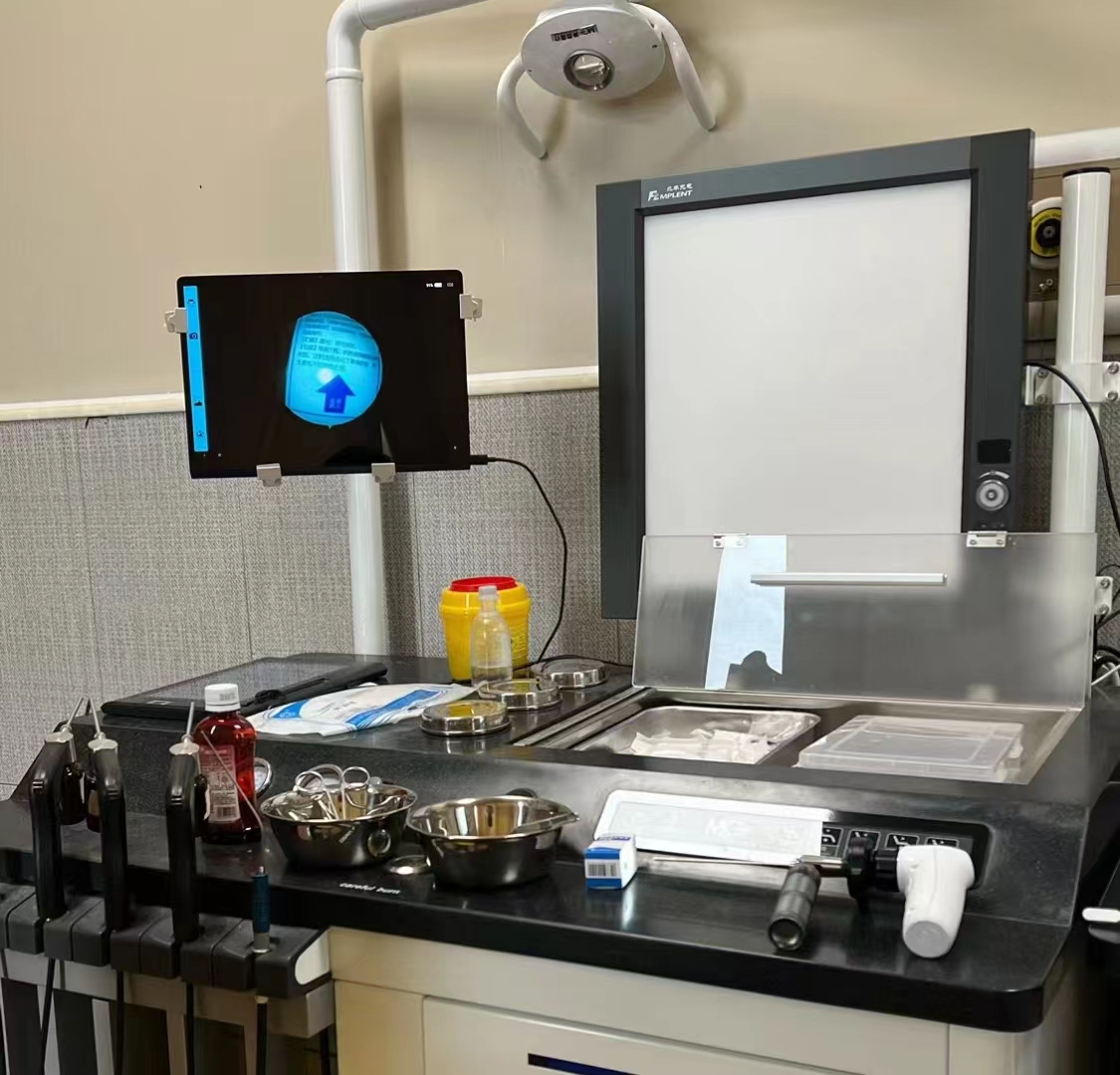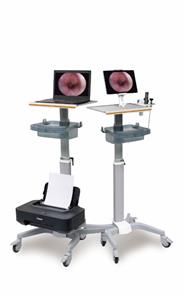Treatment of nasal septum correction and sinus surgery under nasal endoscope
The nasal endoscopy was used to quantify the postoperative nasal condition by the Lund-Kennedy scale, with a total score of 20, and the lower the score, the better the nasal condition; the visual analog scale (VAS) was used to assess the pain condition, with a total score of 10, and the lower the score, the less the pain. (1) Cure: The clinical symptoms such as nasal congestion, runny nose and headache disappeared; endoscopic examination showed that the nasal septum was centered and straight, the sinus opening was good, and the mucous membrane of the operated cavity was epithelialized without purulent secretions. (2) Improvement: The patient's clinical symptoms such as nasal congestion, runny nose and headache improved significantly; endoscopic examination showed that the nasal septum was centered but the mucosa was not smooth, the sinus opening was still satisfactory, there was mild edema, hypertrophy or granulation tissue formation in the mucosa of the operated cavity, and there was a little purulent secretion. (3) Ineffective: The patients had no reduction or aggravation of clinical symptoms such as nasal congestion, runny nose and headache; endoscopic examination showed that the nasal septum was deviated to one side, the surgical cavity was adhered, the open sinus opening was narrowed or atretic, and there was purulent secretion. Before treatment, the Lund-Kennedy score was (12.4±1.3) and the VAS score was (6.2±0.7) in 71 patients; 12 months after surgery, the Lund-Kennedy score was (1.6±0.4) and the VAS score was (1.4±0.2). 1.4±0.2) points. The postoperative Lund-Kennedy and VAS scores were significantly lower than those before surgery, and the differences were statistically significant within the group (t = 67.500, 55.813, both P < 0.05). At 12-month follow-up, among 71 patients, 47 were cured, 21 were improved, and 3 were ineffective, with a total effective rate of 95.8%. 3 cases of postoperative nasal adhesions and 1 case of nasal septal perforation were cured after symptomatic treatment, and no serious complications such as cerebrospinal fluid nasal leakage and blindness occurred, with a surgical complication rate of 5.6%.
The combination of septal correction and sinus opening is a more effective method for treating chronic sinusitis with deviated nasal septum. Nasal surgery under nasal endoscopy provides strong support for the clinical treatment of deviated septum and chronic sinusitis because of the advantages of clear vision, light injury, few complications and good treatment effect. The results showed that the Lund-Kennedy and VAS scores of the patients were significantly lower than the preoperative ones, and the overall efficiency rate was 95.8%. In conclusion, simultaneous implementation of septal deviation correction and sinus opening under nasal endoscopy for treatment of septal deviation and chronic sinusitis can effectively correct the deviated septum and remove the disease.
It is worthwhile to promote the clinical application because it can effectively correct the deviated septum, remove the diseased tissue and mucosa, and reconstruct the ventilation and drainage channels of the nasal cavity and sinuses, and the clinical results are satisfactory because of clear surgical field, light trauma, and few complications.





